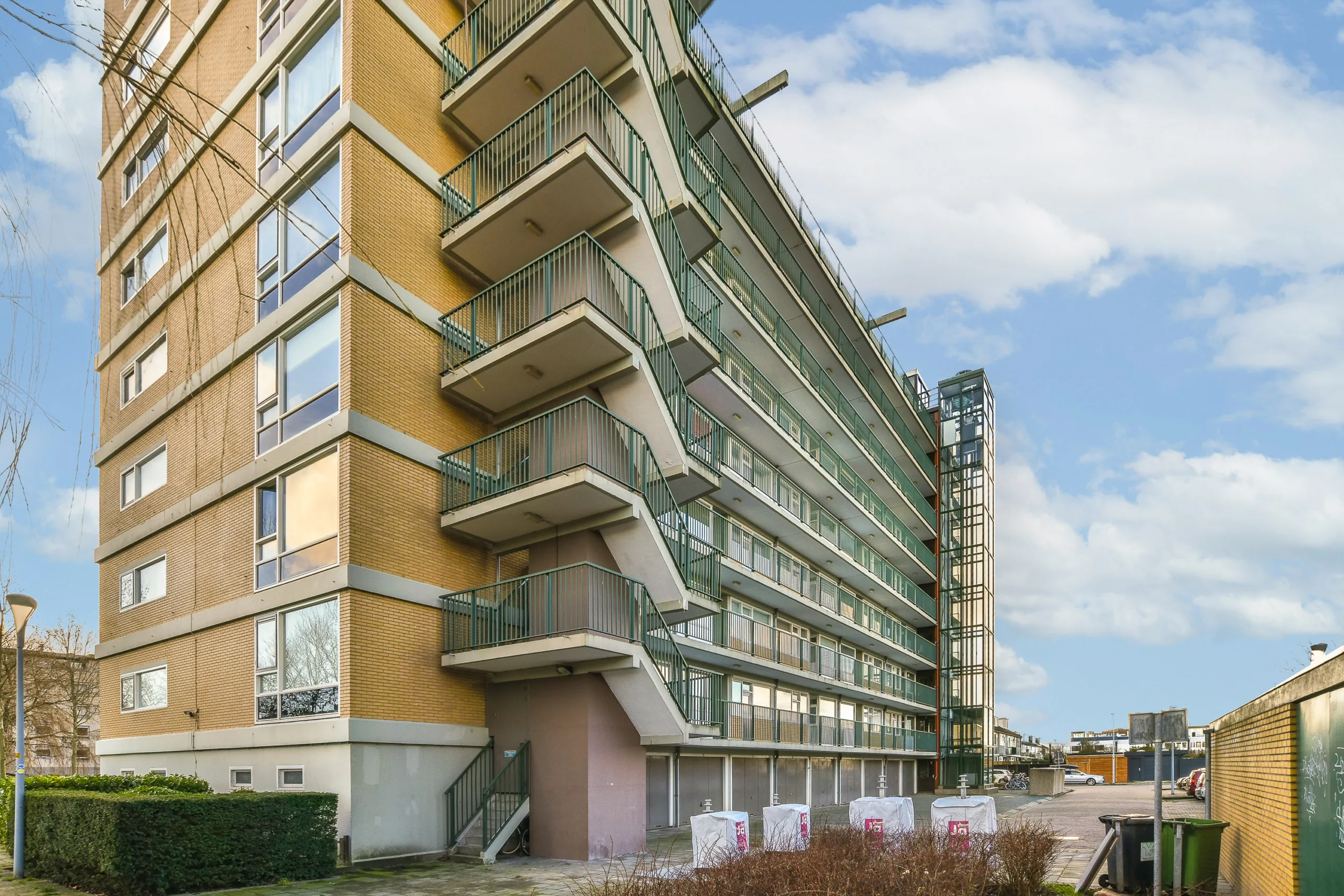- Banks are shrinking their commercial real estate loan portfolios as private lenders aggressively move in with more flexible capital.
- Private credit funds are offering earlier, cheaper, and more aggressive loan terms, often before projects reach stabilization.
- Record loan repayments and cautious underwriting have slowed new originations at both national and regional banks.
- Stabilizing interest rates and rising deal activity signal recovery, but banks remain cautious amid private capital’s continued dominance.
Banks Pull Back As Private Funds Rush In
Lenders across the banking sector are reducing their exposure to commercial real estate, reports Bisnow. Meanwhile, private capital is rapidly filling the void with aggressive outreach and quick closings. Some funds approach developers even before projects are finished, pitching early bridge loans to cash them out.
“They’re not stabilized yet, and these funds are offering deals,” said J.C. de Ona of Centennial Bank.
CRE Lending Slows At Major Banks
Big banks are scaling back. Wells Fargo’s CRE debt portfolio dropped 8% in Q3 from last year. US Bank’s portfolio declined 5%. Bank of America and PNC also saw minor drops. Only Citi and JPMorgan reported small portfolio growth, showing a cautious lending environment.
Get Smarter about what matters in CRE
Stay ahead of trends in commercial real estate with CRE Daily – the free newsletter delivering everything you need to start your day in just 5-minutes
Regional Banks Feel The Shift Too
Centennial Bank cut its CRE loan book by $58M last quarter, despite record profits. Bank OZK had $2.4B in repayments but only issued $700M in new loans—its lowest in five years. CEO George Gleason called the slowdown expected and blamed aggressive private lenders for risky structures.
“There are too many lenders chasing too few deals,” Gleason said.
Why Private Credit Has the Edge
Private lenders aren’t bound by the same rules as banks. They offer higher leverage, faster closings, and increasingly competitive interest rates. Unlike banks, which seek stable returns, private funds target higher yields on shorter timelines. “They’re getting leaner on pricing,” said de Ona. “They’ve always been more aggressive on structure and leverage.”
Signs Of Recovery, But Caution Remains
The market is slowly improving. Real estate sales rose over 25% in the first half of 2025. Even the struggling office sector saw $26B in sales, a 42% increase year-over-year. Office vacancy declined in Q3 for the first time since 2019. Conversions and renewed tenant demand have helped lift the sector.
Banks Reduce Credit Reserves
Wells Fargo reduced its credit loss provision by 30 basis points in Q3. Bank of America cut its CRE reserve to just over $1B from $1.3B. Bank OZK added only $14M to its credit loss reserve—the lowest in over three years. It also sold its largest foreclosed asset with minimal loss, reducing its criticized loan portfolio by $92M.
Outlook: Competition Will Intensify
Rate cuts have improved refinancing conditions and market confidence. Still, banks are hesitant to jump back into competitive deals too quickly. Private capital, with billions to deploy, continues to dominate new lending opportunities. When banks return, they’ll face tougher competition from agile, well-funded debt funds.
“More lending will return soon,” said Buran of Flushing Bank. “But private equity will still be in the mix.”

















